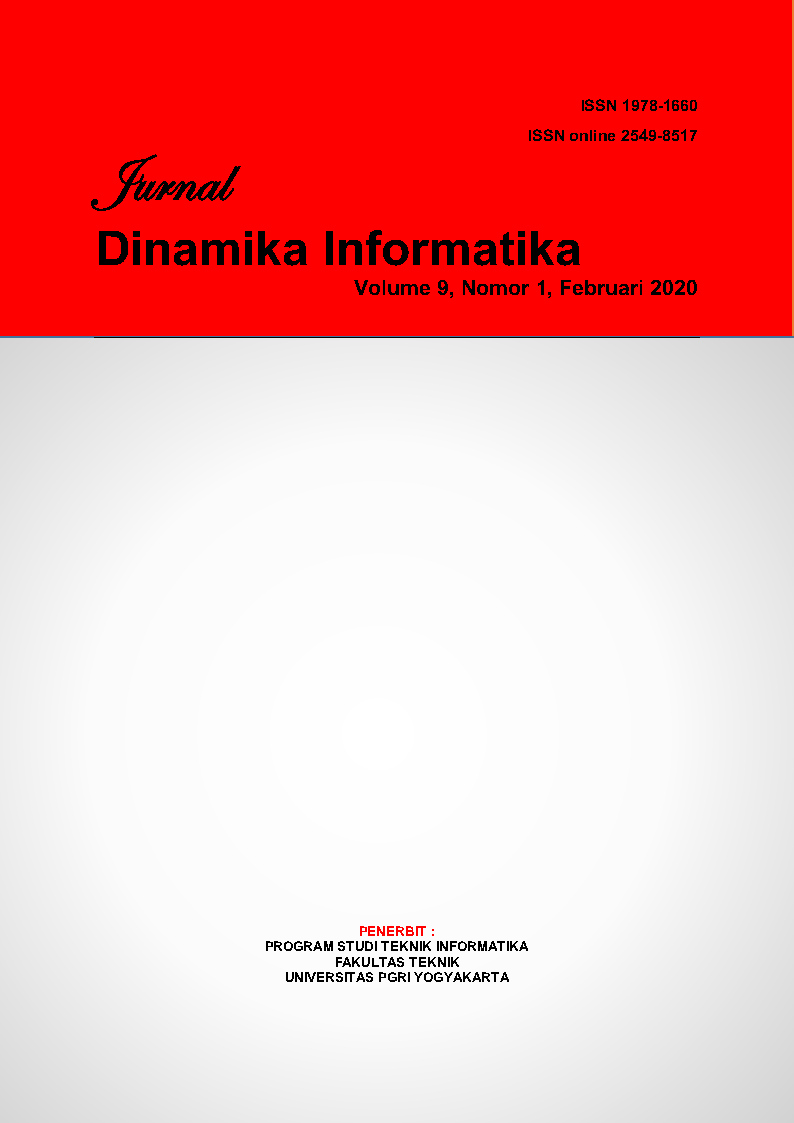Comparative Study of Two Models of Scheme of External Smart Charging System for Laptop
Keywords:
Smart Charging, Battery, Frequency, Dynamic Demand Control, LaptopAbstract
In recent years, external smart charging, especially on laptop devices, has become quite an interesting topic due to the need for a response to a decrease in battery capacity and damage. As the development of embedded systems such as Arduino which is commonly used, this system offers more flexible data communication, which initially used cables to be wireless, ranging from Bluetooth to WiFi. As for this topic, there are controls based on the user's electricity needs and the condition of the electrical system, which is called dynamic demand control. The key to this method is the frequency of the electricity network and the battery. This method can provide extensions to smart charging to only charge when needed. The positive impact of using this method in addition to preventing the battery from being damaged is electricity savings. In this study the authors tried to study two models of the smart charging system schemes that have never been compared, namely the standalone and centralized models. The results of this study indicate that although the centralized model is more efficient in terms of reading the frequency value of the electricity network, in terms of performance the standalone model is more stable and reliable.
Downloads
Published
Issue
Section
License
Authors who publish with this journal agree to the following terms:
Authors retain copyright and grant the journal right of first publication with the work simultaneously licensed under a Creative Commons Attribution-ShareAlike 4.0 International License that allows others to share the work with an acknowledgment of the work's authorship and initial publication in this journal.
Authors are able to enter into separate, additional contractual arrangements for the non-exclusive distribution of the journal's published version of the work (e.g., post it to an institutional repository or publish it in a book), with an acknowledgment of its initial publication in this journal.
Authors are permitted and encouraged to post their work online (e.g., in institutional repositories or on their website) prior to and during the submission process, as it can lead to productive exchanges, as well as earlier and greater citation of published work (See The Effect of Open Access).


